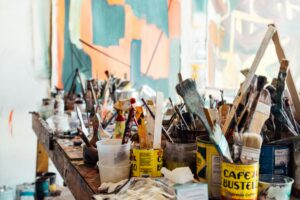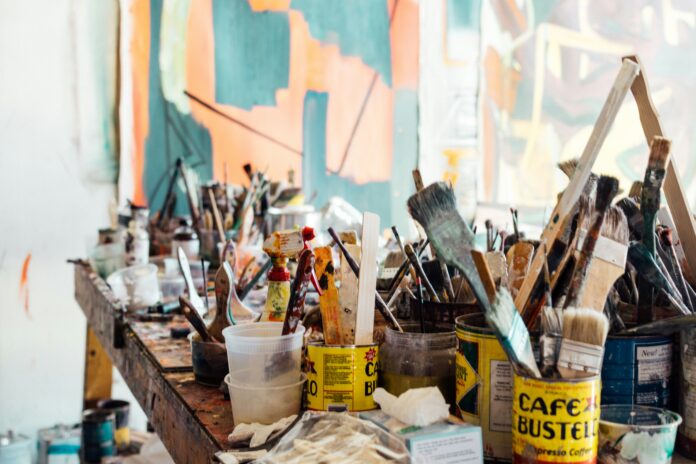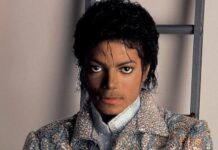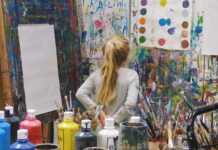The world of art has always been shaped by the technological and cultural forces of its time. From the Renaissance masters who embraced perspective to the Impressionists who played with light, artists have adapted, evolved, and thrived in ever-changing landscapes. But today, a new force is rapidly transforming the creative world—Artificial Intelligence.
AI is not just reshaping industries like tech and finance; it’s making its way into the creative realm, from generating paintings and music to writing poetry and screenplays. This new wave has left many modern artists questioning their place in the future. Can human creativity survive in an era dominated by algorithms? Will AI replace the artist, or can it become a tool for even greater expression?
In this article, we’ll explore the challenges and opportunities facing modern artists today and how they can carve out a space for themselves in the future of art.
The Rise of AI in Art: A Game-Changer or a Threat?
AI-generated art has become increasingly sophisticated in recent years, capable of producing images, music, and even entire storylines that rival human-made creations. Tools like Midjourney, DALL·E, and ChatGPT are becoming popular among digital artists, offering new ways to generate ideas, streamline workflows, and explore uncharted creative territories.
But with this surge of AI-generated content comes the fear that human artists may become obsolete. If a machine can create a stunning painting or design in seconds, why would anyone need to hire an artist? The reality, however, is far more complex.
AI as a Creative Tool, Not a Replacement
- Augmenting, Not Replacing: For now, AI remains a tool—one that can assist artists in brainstorming, refining concepts, or automating repetitive tasks. It can help generate inspiration but lacks the human touch that imbues art with emotion, nuance, and depth.
- Efficiency and Exploration: By automating time-consuming tasks like photo editing or preliminary sketches, artists can focus on the creative elements that require human intuition. AI can serve as an assistant, allowing creatives to explore new styles, experiment with ideas, and push the boundaries of their craft.
Key Takeaway: The fear that AI will completely replace artists is likely overstated. Instead, it’s more likely to serve as a powerful tool in the hands of those who embrace it.
Adapting to the Digital Art Revolution: Opportunities for Artists
Rather than viewing AI as a threat, modern artists can see it as an opportunity to redefine their craft, reach wider audiences, and even create entirely new forms of art.
Digital Art as a New Frontier
- The Rise of NFTs: Non-Fungible Tokens (NFTs) have revolutionized the way digital art is created, sold, and owned. They’ve opened up new revenue streams for artists who can mint and sell their art directly to collectors, bypassing traditional galleries and gatekeepers.
- Hybrid Creations: Artists are now blending traditional techniques with digital tools to create hybrid works. This fusion of media allows for endless creative possibilities, making it harder for purely AI-generated art to compete.
Building a Personal Brand in a Digital World
- In the age of AI, what sets artists apart is their unique vision and personal stories. The human element—the emotions, experiences, and perspectives that go into creating art—cannot be replicated by an algorithm.
- Artists can leverage social media, personal websites, and platforms like Patreon to connect directly with their audience. By building a brand around their unique style and story, they can attract a loyal following that values their work not just for its aesthetic but for its human authenticity.
How Modern Artists Can Thrive in the AI Era
Here are some actionable steps artists can take to ensure they not only survive but thrive in a world increasingly influenced by AI:
1. Embrace Technology as a Creative Partner
- Learn to use AI tools to streamline your workflow, generate new ideas, and push your creative boundaries.
- Experiment with digital art platforms, VR painting tools, and AI-assisted design to create innovative, one-of-a-kind works.
2. Focus on What Makes You Human
- Double down on the emotional, narrative-driven aspects of your art. AI can mimic styles, but it cannot replicate the depth of human experience.
- Tell stories with your work that resonate on a deeply personal level—something no algorithm can authentically recreate.
3. Diversify Your Skills
- The future belongs to the versatile. Expand your skill set to include digital art, social media marketing, or even coding. This will open new opportunities and allow you to integrate technology into your creative process.
- Consider collaborating with tech experts to create interactive art, installations, or immersive experiences that leverage both your artistic talent and cutting-edge technology.
4. Build a Strong Online Presence
- Share your creative process, behind-the-scenes insights, and thoughts on art and culture through social media and blogs. People are interested in the person behind the art.
- Use platforms like YouTube, TikTok, and Instagram to reach wider audiences, attract followers, and monetize your art through merchandise, workshops, or online courses.
Looking Forward: The Future of Art in the Age of AI
While AI will undoubtedly continue to reshape the creative landscape, the human artist’s role will never become obsolete. Instead, it will evolve. Artists of the future will be those who can balance tradition with innovation, infusing their work with a human touch that AI cannot replicate.
The art world is on the cusp of a new renaissance, one driven not by the brushstrokes of individual masters but by a fusion of human creativity and technological advancements. The future of art is bright for those who are willing to embrace change, leverage technology, and continually adapt.
In the end, art is not just about creating something beautiful; it’s about expressing the human experience. And that is something no algorithm, no matter how sophisticated, can ever truly replicate.
So, pick up your stylus, embrace the technology, and let your creativity flow—because the future of art is yours to shape.

Photo by Khara Woods on Unsplash
Views: 7






